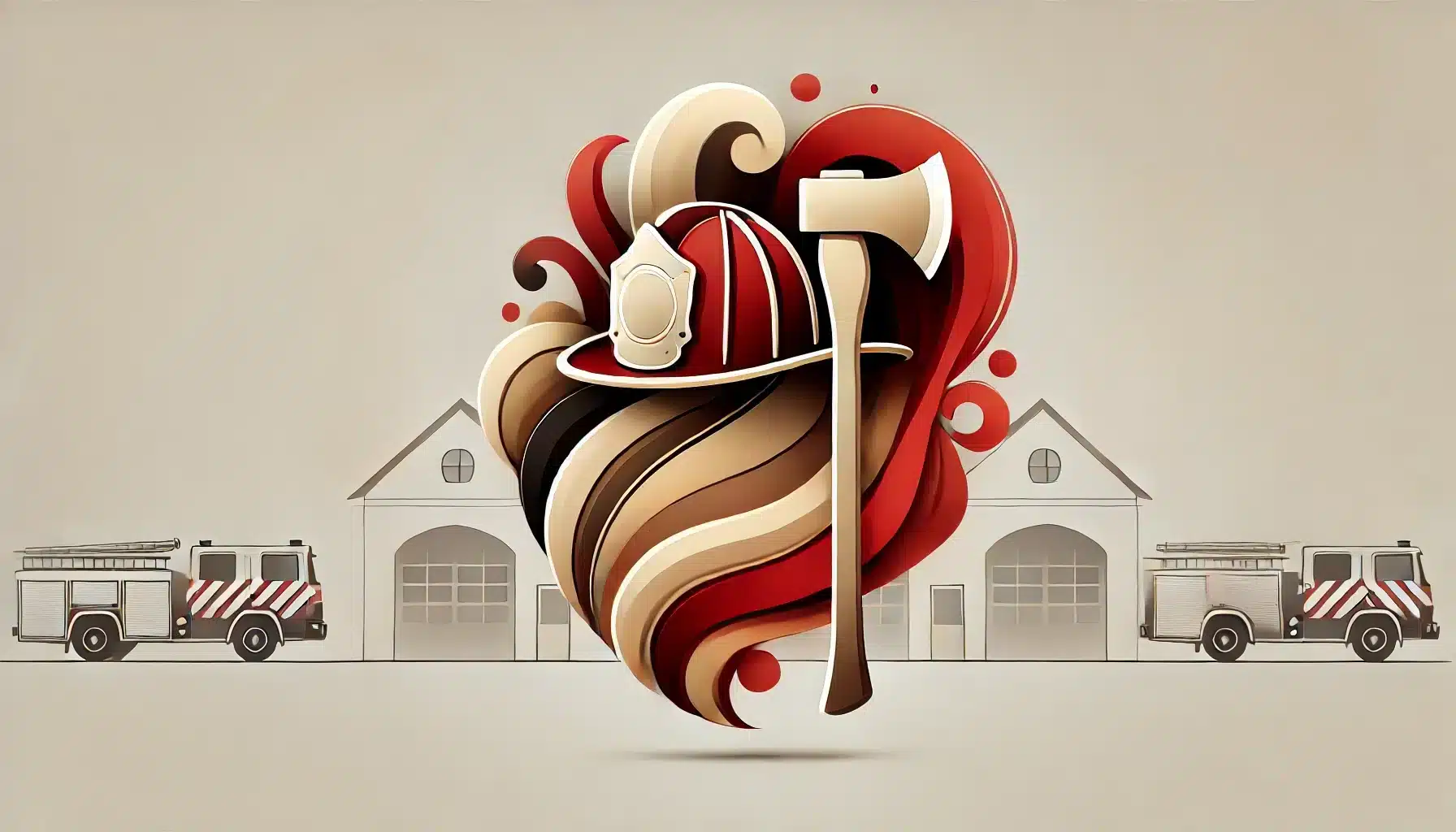What is Firefighter History Day in the Netherlands?
Firefighter History Day is observed in the Netherlands on the first or second Saturday of March to honor the rich history and evolution of firefighting in the country. On this day, fire brigades, such as the Fire Department of the Caribbean Netherlands (BKCN), reflect on their past, the progress of fire services, and the dedication of firefighters throughout history.
The day serves as an opportunity to acknowledge the transition of fire services over the years, from early firefighting efforts with limited resources to modern, well-equipped professional brigades. Firefighters, historians, and the public take part in commemorative activities, exhibitions, and discussions on the advancements in fire safety.
History and Origin
Before 10-10-10 (the date when the Netherlands Antilles dissolved), fire services in some regions, like the Caribbean Netherlands, operated under police supervision with minimal equipment and personnel. Over time, fire brigades across the country evolved into independent, well-trained emergency response units.
Firefighter History Day sheds light on these transformations, paying tribute to past and present firefighters who have dedicated their lives to protecting people and property. Many local fire stations and museums mark the occasion with special events to educate the public about the development of firefighting in the Netherlands.
Who Participates in Firefighter History Day?
- Fire brigades and emergency services: Organize educational activities, open houses, and commemorative events.
- Fire museums: Display historical firefighting equipment and artifacts to showcase the evolution of the profession.
- Veteran firefighters: Share their experiences and stories of past firefighting challenges.
- Historians and researchers: Contribute to discussions on fire safety advancements and historical firefighting techniques.
- Municipalities and government agencies: Recognize the contributions of firefighters and promote public awareness.
Colors
- Red: Represents fire, courage, and the bravery of firefighters.
- Gold: Symbolizes honor and recognition for those who have served.
- Black: Reflects remembrance of fallen firefighters.
Symbols
- Fire helmet: Represents the protection and dedication of firefighters.
- Fire axe: A traditional tool symbolizing the skills and strength of the profession.
- Flames and hoses: Represent firefighting action and emergency response.
Patterns
- Fire station emblems: Display the identity and history of different brigades.
- Ladder and hose motifs: Reflect the essential tools used in firefighting.
- Historical firetruck designs: Show the evolution of firefighting vehicles over time.
Most Used Hashtags
- #FirefighterHistoryDay
- #DutchFirefighters
- #HonoringHeroes
- #FireBrigadeHistory
- #FirefightingThroughTheYears
How to Observe Firefighter History Day
- Visit a fire museum: Learn about the history of firefighting in the Netherlands.
- Attend a fire station event: Many fire brigades host educational sessions and open houses.
- Honor veteran firefighters: Recognize the contributions of those who have dedicated their lives to fire safety.
- Share stories and history: Discuss and spread awareness about the evolution of firefighting on social media.
- Observe a moment of silence: Pay tribute to fallen firefighters who lost their lives in service.
Why is Firefighter History Day Important?
Firefighter History Day is a moment to reflect on the bravery, dedication, and sacrifices of firefighters throughout Dutch history. By understanding their past challenges and achievements, society can better appreciate the vital role they continue to play today.
The day also serves as an educational platform, helping communities learn about fire safety, emergency response advancements, and the importance of supporting local fire brigades. Through awareness and recognition, Firefighter History Day strengthens the connection between firefighters and the public they serve.
Features
Saturday of March: Firefighter History Day (Netherlands)
Why do you keep falling for the same type?
Read the article Lovemaps: the hidden blueprint of our love.

